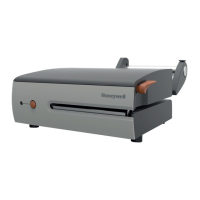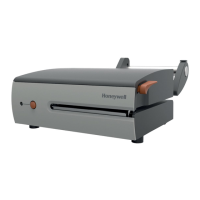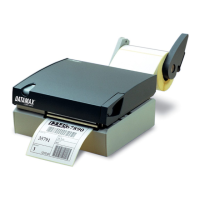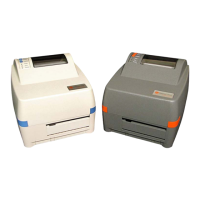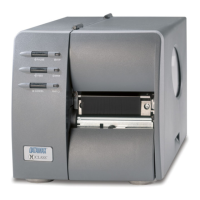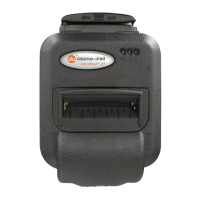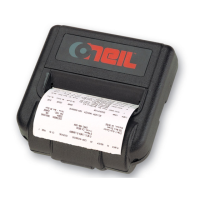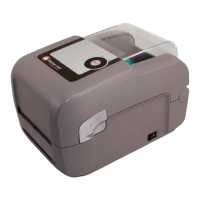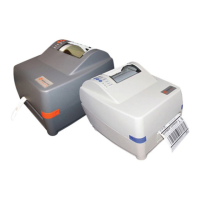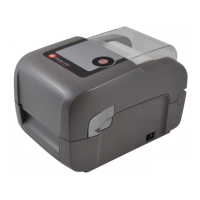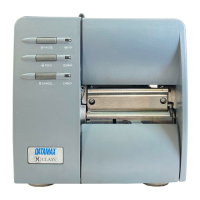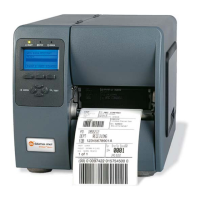Network & Communication
Communication Modes
The printer can be configured in order to communicate in a
number of ways. There are four physical connections available:
• COM1, COM2, USB and NET, see section
"Communication Ports".
• COM1 and COM2 can be set up to work in four different
modes:
• Print mode.
• Terminal server mode
(passive mode = server mode,
active mode = client mode).
• Stacked printers (print mode).
• Pass-through mode (print mode).
The network connection consists of a number of TCP (logical)
ports. The Telnet port (23) is always set in print mode. When
COM1 (and/or COM2) is set up for terminal server mode, an
additional TCP port is opened to handle the communication. The
default TCP port for COM1 is 2001 and the default port for COM2
is 2002.
Print Mode
The printer scans all print mode ports for data until characters are
received for one of the ports. Then the printer uses that port
alone for communication until one of the following two commands
is received
• !D D E (document end).
• !C (clear layout),
if not !D D S (document start) has been sent.
This makes it possible for the printer to separate print jobs from
different hosts.
Example
COM1 and COM2 are set up for print mode. No data has yet
been received. The printer scans COM1, COM2 and the Telnet
port for data. Label layout data and a print command are received
on COM2. The printer locks to COM2, executes all commands
and a label is printed. !C is received and the printer releases the
lock and starts to scan the ports again.
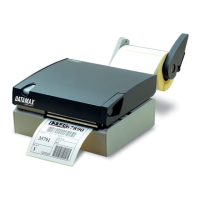
